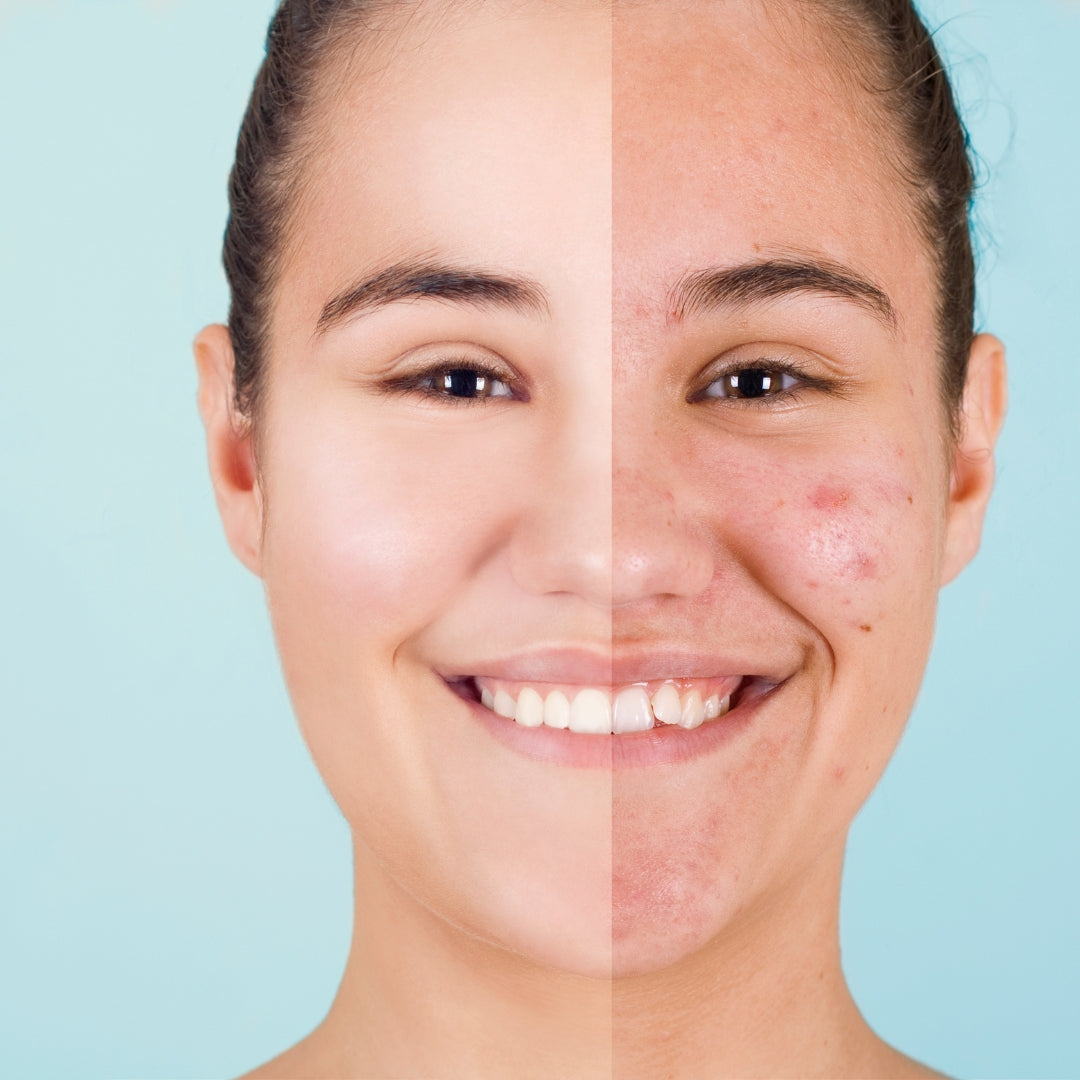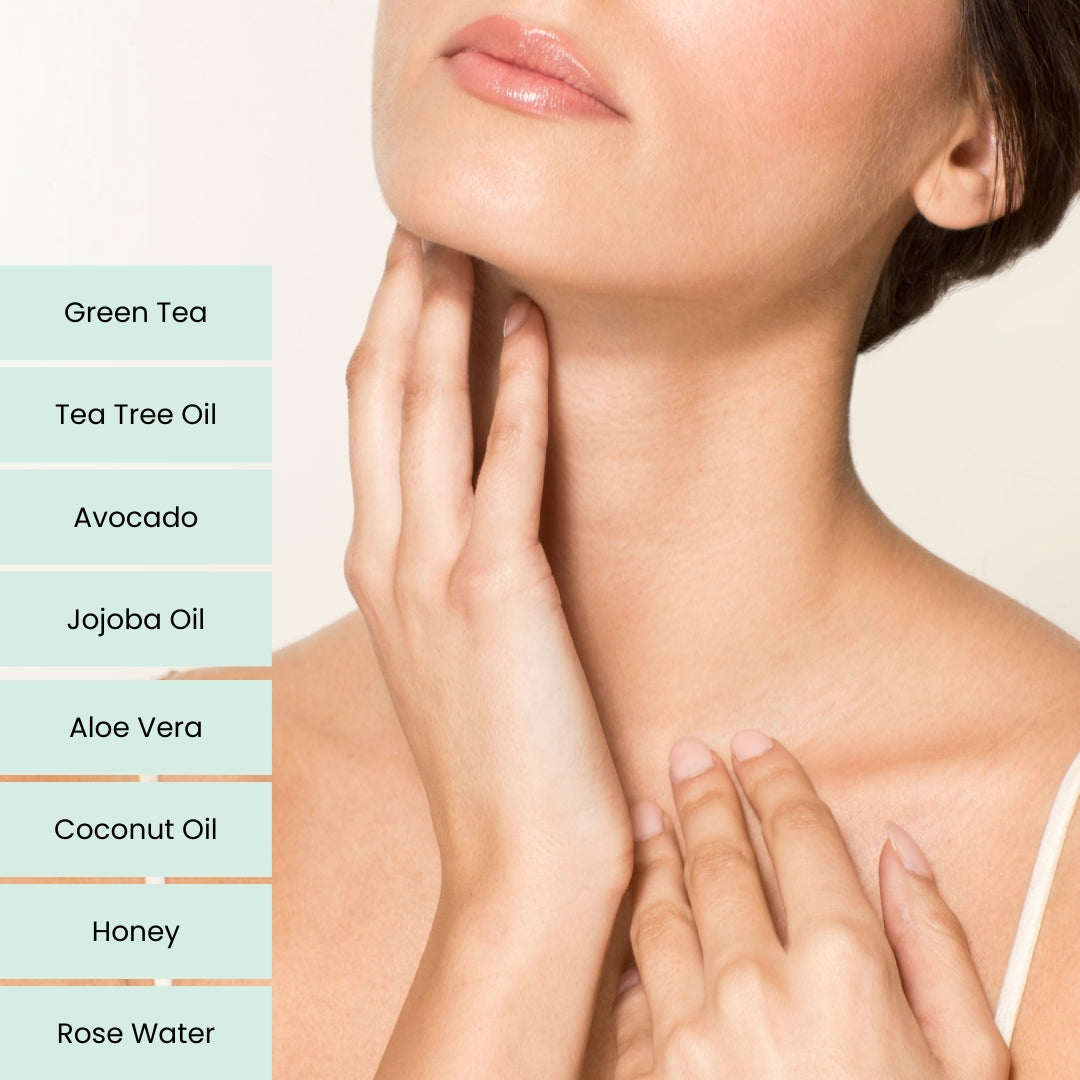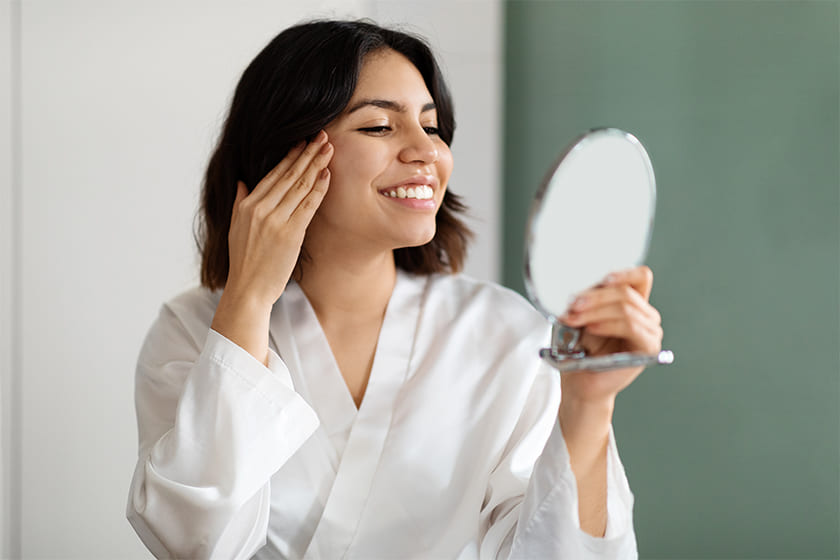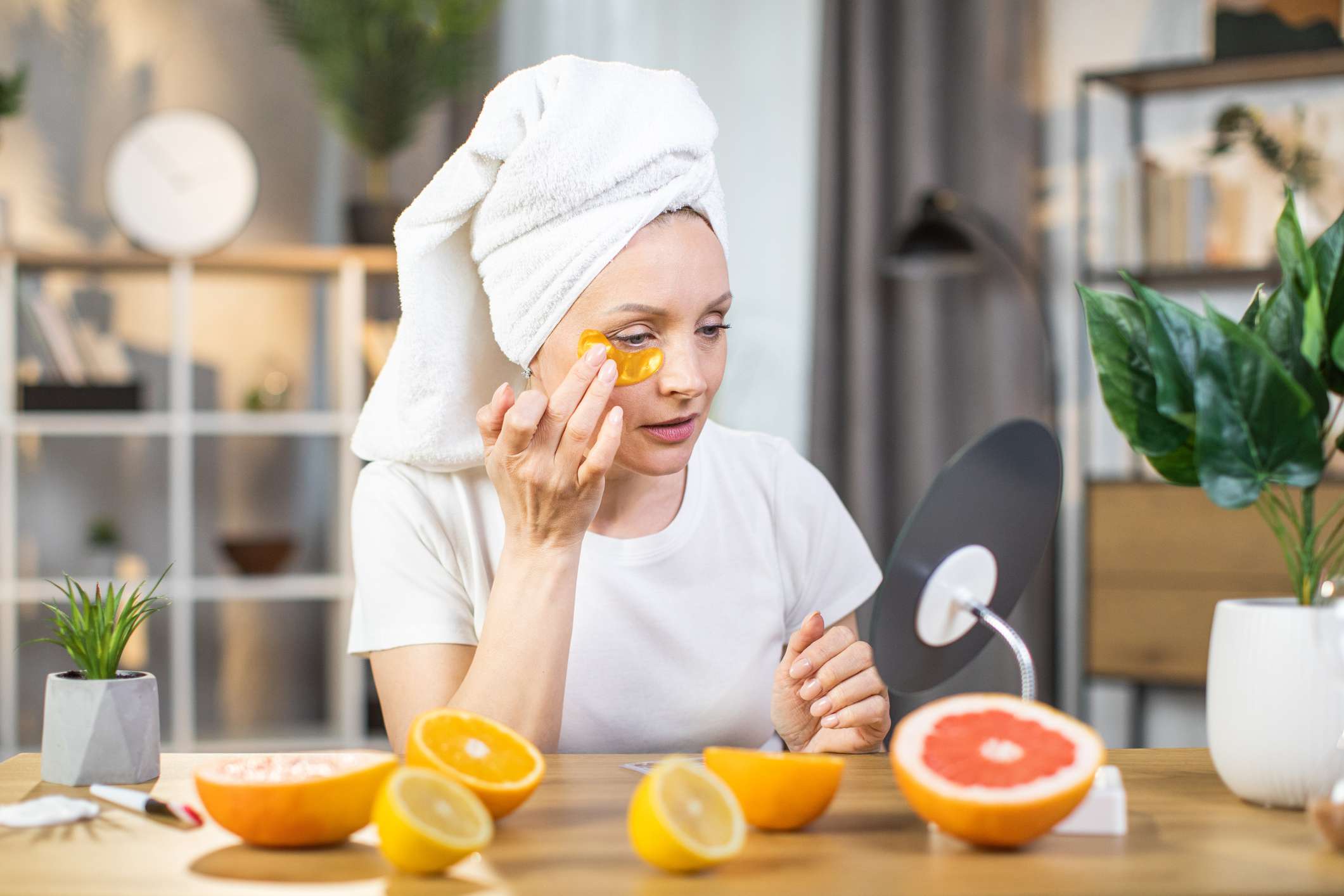9 DIY Face Packs for Acne-Free Skin

Everyone has experienced persistent acne that makes them feel self-conscious and frustrated. I'm here to tell you that there is hope, so don't worry! Expensive treatments don't have to break the bank. Sometimes the finest skin care solutions may be found in nature. Let's now discuss some incredible do-it-yourself face packs that will help you get acne-free skin without going over budget.
You know, anyone may have acne, and a number of things, including hormones, stress, and food, can cause it. These DIY face packs can undoubtedly help calm your skin, lessen inflammation, and combat germs that cause acne, even though there isn't a one-size-fits-all answer.
Are you prepared to begin? Let's get started!
1. Honey and Cinnamon Face Pack
Why it works: Honey is naturally antimicrobial, while cinnamon has anti-inflammatory effects. Together, they can help to destroy acne-causing germs and soothe inflamed skin.
How To Use It: Mix 2 tablespoons of honey and 1 teaspoon of cinnamon powder and then apply the mixture to your face, concentrating on the areas with active acne. Leave it on for 10-15 minutes before washing it off with warm water.
Pro tip: Before using cinnamon, examine a patch of skin to see if it causes any allergic responses.
2. Aloe Vera and Turmeric Mask
Why it works: Aloe vera is a calming component that reduces inflammation, while turmeric is a potent antioxidant with antibacterial characteristics that aid in acne treatment.
How To Use It: Combine 1 tablespoon of aloe vera gel and a pinch of turmeric powder. Apply the mixture evenly on your face, then leave it on for 10-20 minutes. Wash with lukewarm water.
Pro tip: If you have sensitive skin, turmeric might cause a small yellow hue. This is readily removed with a mild scrape.
3. Tea Tree Oil and Clay Mask
Why does it work? Tea tree oil is well known for its acne-fighting qualities. When mixed with clay (such as bentonite or green clay), it extracts impurities and toxins from the skin.
How To Use It: To make a paste, combine 1 tablespoon clay powder, 3-4 drops tea tree oil, and a little water. Apply it to your face, let it rest for about 15 minutes, and then rinse with cold water.
Pro tip: If your skin is dry, apply a decent moisturizer to keep it nourished.
4. Oatmeal and Yogurt Pack
Why it works: Oatmeal is a mild exfoliant, while yogurt contains lactic acid, which helps remove dead skin cells and unclog pores. Together, they form a soothing acne-fighting combination.
How To Use It: Mix 2 tablespoons of ground oats and 2 tablespoons of plain yogurt. Apply the mixture to your face and leave for 10-15 minutes. Rinse in lukewarm water.
Pro Tip: This mask is ideal for sensitive skin types since both oats and yogurt are quite calming.
5. Lemon and Honey Mask
Why it works: Vitamin C, which is found in lemon juice, brightens skin and lessens acne scars. As is well known, honey possesses antimicrobial qualities.
How To Use It: Combine one tablespoon of fresh lemon juice and one tablespoon of honey. After applying it to your face, wait ten minutes or so. Use lukewarm water to rinse.
Pro tip: Lemon can make your skin more sensitive to the sun, so use caution while using it. After applying this mask, always apply sunscreen.
6. Green Tea and Rice Flour Mask
Why it works: Green tea contains antioxidants, which help decrease inflammation and bacteria. Rice flour gently exfoliates the face and removes excess oil, which can lead to acne.
How To Use It: Make a cup of green tea and let it cool. Combine 2 tablespoons of rice flour and 1-2 teaspoons of green tea to make a thick paste. Apply the paste to your face, let it sit for 15-20 minutes, and then rinse it off.
Pro tip: This mask works wonders for oily skin types, as it helps balance oil production and unclog pores.
7. Papaya and Honey Mask
Why it works: Papaya contains enzymes that gently exfoliate and cleanse the skin, helping to unclog pores and prevent outbreaks. Honey, as we all know, has inherent antimicrobial properties.
How To Use It: Mash 1⁄2 a ripe papaya and add in 1 tablespoon of honey. Apply the mixture to your face and leave it for 15-20 minutes. Rinse in lukewarm water.
Pro tip: This mask is ideal for those looking for a gentle exfoliation that won’t irritate sensitive skin.
8. Mint and Multani Mitti (Fuller's Earth) Pack
Why it works: Mint is refreshing and cooling, and Multani Mitti absorbs excess oil and cleanses pores. They act together to treat acne and minimize inflammation.
How To Use It: Combine 2 tablespoons Multani Mitti, a handful of crushed mint leaves, and some rosewater or plain water. Apply the paste to your face and leave for 15-20 minutes. Rinse with cold water.
Pro tip: If you have oily skin, this mask will help control excess oil production and reduce acne.
9. Cucumber and Aloe Vera Face Pack
Why it works: Cucumber is soothing and moisturizing, making it ideal for treating acne-prone skin. Aloe vera, on the other hand, relieves inflammation and promotes healing.
How To Use It: Blend half a cucumber and add 2 teaspoons of aloe vera gel. Apply the mixture to your face and allow to settle for 15-20 minutes. Wash with cold water.
Pro tip: This mask is perfect for calming down inflamed or irritated skin, especially after a long day in the sun!
Final Thoughts
There are alternatives to harsh chemicals and costly therapies if you suffer from acne. Natural, readily accessible components are used in these do-it-yourself face packs, which may significantly improve the condition of your skin. Keep in mind that consistency is essential! Clearer skin is just a few weeks away, so be patient and stick to these procedures.
Have you already used any of these masks? Or perhaps you have a go-to do-it-yourself solution? Tell me in the comments below!
And remember, whether or not you have acne, your skin is gorgeous. Let's show it some love, tenderness, and a little bit of the enchantment of nature.
Beautiful, keep shining!
You can also read - 8 Natural Ingredients for a Chemical-Free Skincare Routine
FAQs About DIY Face Packs for Acne-Free Skin
1. How often should I use these DIY face packs?
For best results, try using these masks 2-3 times a week. Overuse can irritate your skin, so it's important to give your skin some time to heal and regenerate between treatments.
2. Can these face packs work for all skin types?
Most of these face packs are suitable for all skin types, but it’s important to test them on a small patch of skin before applying them to your whole face. Sensitive skin types may need to use gentler ingredients like yogurt or aloe vera.
3. Are these face packs safe during pregnancy?
While the ingredients in these masks are natural, some, like tea tree oil or turmeric, may cause sensitivity in some pregnant women. It’s always best to consult your doctor before using any new skincare products during pregnancy.
4. Will these masks help with acne scars?
Some of these masks, like the honey and cinnamon or papaya and honey packs, can help lighten acne scars over time by promoting skin healing. However, results will vary depending on the severity of the scars and how often you use the masks.
5. How long does it take to see results?
Patience is key! You may start seeing results in a couple of weeks, but for the best and most long-lasting results, stick with your routine for at least

Reviewed By
Dr. Sapna Kangotra
Senior Ayurveda Doctor





Comments